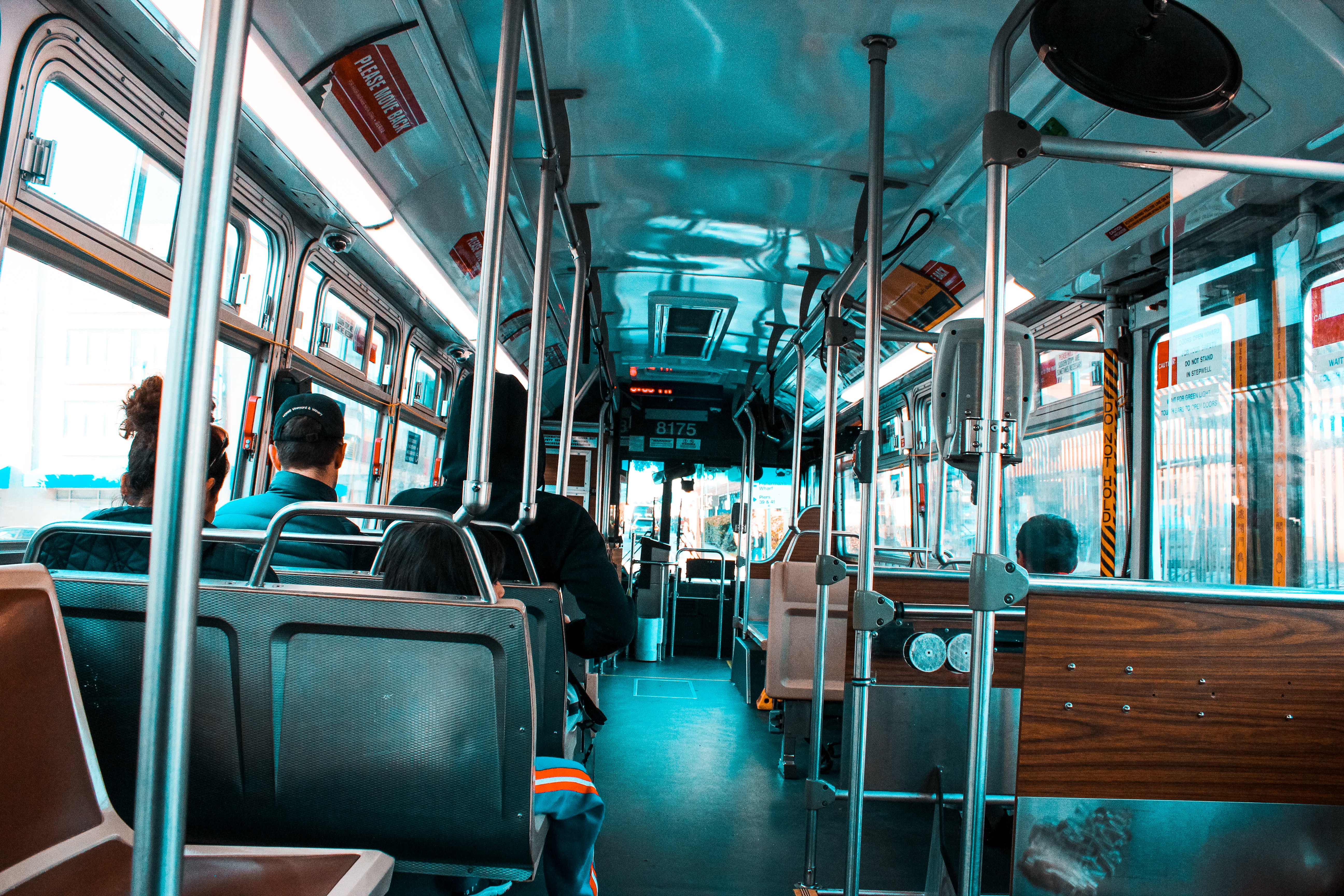Originally published in American City Business Journals
By Daron Gifford
City leaders across the United States have been pulling all-nighters lately to respond to the request for proposals from Amazon to build or locate a second corporate headquarters, which the Seattle-based online retailer says could create 50,000 jobs paying an average of $100,000 a year.
Near the top of the list of requirements: an established mass-transit system, which generally means some combination of light rail, subways, trains and bus lines.
Such criteria may sound surprising to some coming from a forward-looking company that’s already experimenting with self-driving vehicles and drones, and whose CEO, Jeff Bezos, is also trying to commercialize outer space.
From where I sit in Detroit, the implications of the RFP seem pretty traditional at a time when technology is rapidly evolving. Keep in mind that Amazon’s second headquarters is not slated to be fully operational for eight to 10 years, at a minimum. Across the auto industry, the expectation is that the transportation of a decade from now will be dominated by electric or even self-driving cars. Not only will these cars be autonomous, but it’s likely they will be shared — not only within families, but broadly among the commuting public. This is the future that both carmakers and auto suppliers are mapping out today for 2025 and beyond.
Are Amazon commuters going to prefer to stand on a platform waiting for the next train? Or will they want to order one of these cars to their door?
I would hope cities responding to the Amazon RFP use this opportunity to leapfrog conventional thinking — particularly about mass transit — and focus on the future of transportation, whether they get selected for the new headquarters or not.
Of course, taking the express today toward tomorrow’s technologies might sound premature, but we know a lot can happen in a decade. There is no doubt the nation’s transportation ecosphere will be changed, perhaps radically. A decade is a very long time in technology: 10 years ago, you probably didn’t have an iPhone because it had only been on the market for a few months.
Besides, traditional mass transit is really costly. Pity the taxpayers who might be ponying up to build, add onto, or maintain dying, 20th century transit systems. Whatever incentives may be offered to build traditional mass-transit networks will pale in comparison to the capital expense required for equipment and infrastructure.
One substantial logistical problem with mass transit: Current modes are inflexible; they don’t get people from site to site. After commuters get off a train or bus, they still have to get over to their workplace. Or, from home, they must drive somewhere and park before getting on the train and into work.
Yes, many cities are already locked in with these old-fashioned mass transit systems, and, in some areas, they work well. But Amazon should ask itself, Do today’s transit systems deploy the most efficient technology available? Are they the best long-term solutions? Consider light rail. Does anyone actually use a light-rail system in volume? Are there success stories? In Detroit, as well as in many other places, they’re sometimes considered a novelty. Along similar lines of thinking, will future additional parking garage capacity be needed? Between car sharing and self-driving, the traditional parking garage may well become obsolete
Cities should do an analysis, as should Amazon, about which is the better road to follow: the new one or the old one. Might perhaps an urban area with minimal mass transit make for a better HQ2 site? Maybe wide, multi-lane roads that can accommodate self-driving vehicles are what is needed, as counter-intuitive as that might sound. Or better car-sharing programs. Or mass electric-car charging stations.
Cities in the Amazon contest that do not have legacy transit systems really should be thinking way out of the box. What about flying cars? Google’s giant airships? I wonder what cities are in the running for Elon Musk’s Hyperloop? Don’t laugh. Bezos and Musk already compete in the cargo rocket business. Maybe there is some synergy there.
The bottom line: If the move to, say, self-driving cars and ride sharing will change everything around how people commute, then traditional public transportation might be an afterthought for most commuters by the time Amazon opens its second headquarters.
Now, I don’t want to sound Pollyanna-ish, science fiction-ish or pie-in-the-sky-ish. No, I don’t think, in today’s world, anyone is going to make a huge commercial real estate decision based upon driverless cars, much less flying cars. Would they based on mass transit? Yes, potentially. That’s just reality.
But the future of transportation and how it fits both into corporate and urban needs is a conversation that needs to be started, among Amazon executives as well as among city leaders and planners, especially, perhaps, in those areas where the belief is that they are long shots in the current HQ2 beauty contest.
For a brilliant, paradigm-smashing company such as Amazon, as well as for smart, adaptable cities, all this should mean a very big opportunity to think out of the box.

